Older adults can save tens of thousands of dollars annually by choosing assisted living communities over aging in place in their homes.
Unlike point solutions, Inspiren unifies resident safety, care planning, staffing, and emergency response into a single AI-powered platform.
An artificial intelligence-powered virtual assistant platform for senior living and care providers.
Betting that AI could lighten the clinician load.

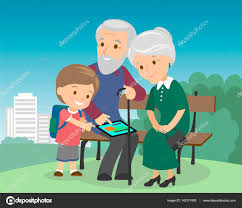 It’s Not About Your Grandmother – 10 Steps Before Launching!
It’s Not About Your Grandmother – 10 Steps Before Launching!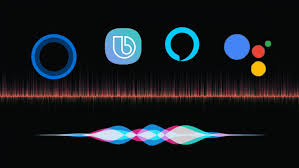 Senior Living organizations are eager to try new technology. Over the years, consider the pilots of
Senior Living organizations are eager to try new technology. Over the years, consider the pilots of 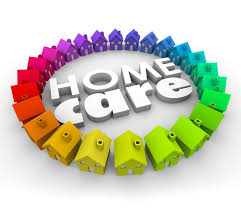 The boom in home care has side effects -- turnover and risk. We want to trust home care workers with aging parents. After all, most cannot afford private pay assisted living – which can exceed
The boom in home care has side effects -- turnover and risk. We want to trust home care workers with aging parents. After all, most cannot afford private pay assisted living – which can exceed  Skip the tech – listen to the experts interviewed – first robots. The good news – this week’s
Skip the tech – listen to the experts interviewed – first robots. The good news – this week’s  For a Chief Medical Officer, what role does technology play? Recently there was an opportunity to query executives in senior care, including Dr. Arif Nazir, Chief Medical Officer, Signature HealthCARE, who was asked about the technology impact on long-term care jobs. The insights quoted here could be generalized, not just to Skilled Nursing Facilities, but to all types of care delivery – and are particularly notable in the context of last week’s New York Times article: "
For a Chief Medical Officer, what role does technology play? Recently there was an opportunity to query executives in senior care, including Dr. Arif Nazir, Chief Medical Officer, Signature HealthCARE, who was asked about the technology impact on long-term care jobs. The insights quoted here could be generalized, not just to Skilled Nursing Facilities, but to all types of care delivery – and are particularly notable in the context of last week’s New York Times article: "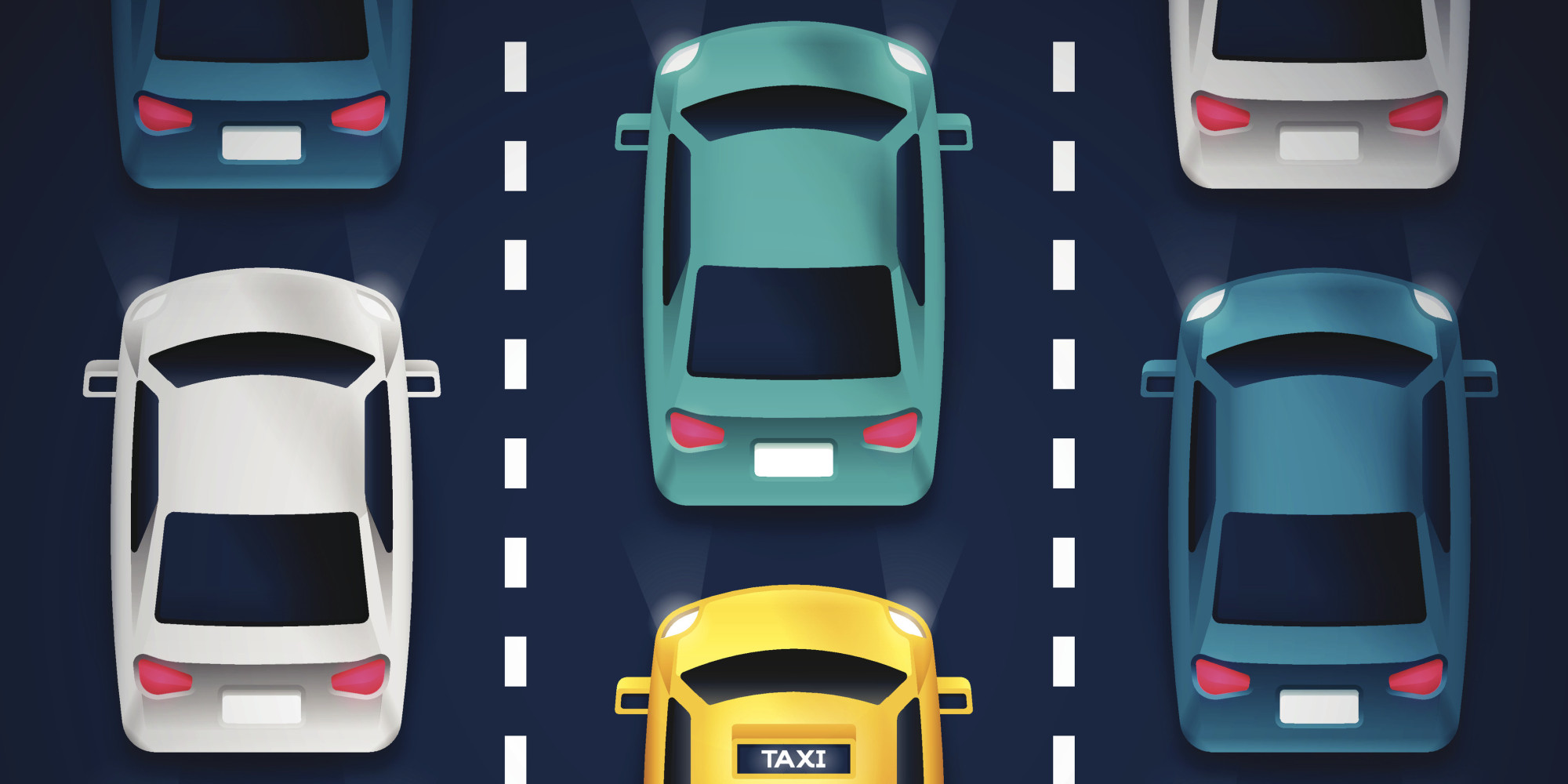 Too much road noise, no self-driving information. So how safe are self-driving cars for us, those pesky consumers who are also the victims of this
Too much road noise, no self-driving information. So how safe are self-driving cars for us, those pesky consumers who are also the victims of this  April showers, daffodils and other flowers. Depending on where you went in April you could experience spring multiple times – each time buds and birds emerging. With them, much news about technology, the good, the bad, the ugly, and the smug – not sure that so much time to look at and listen to
April showers, daffodils and other flowers. Depending on where you went in April you could experience spring multiple times – each time buds and birds emerging. With them, much news about technology, the good, the bad, the ugly, and the smug – not sure that so much time to look at and listen to 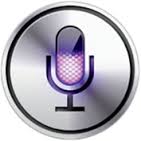 Smart speakers – they seem to be the new, new thing. According to eMarketer’s new report ,
Smart speakers – they seem to be the new, new thing. According to eMarketer’s new report ,  You want to launch a boomer/senior, home health tech, caregiving, product or service. Or other. Your new company gets ready to travel into battle for
You want to launch a boomer/senior, home health tech, caregiving, product or service. Or other. Your new company gets ready to travel into battle for 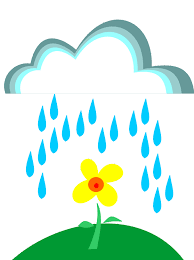 April Showers, Innovation and Spring flowers. Tech companies and their partners continue to propel forward, with new ideas, innovations, products. Consider that April offered up the winners of the
April Showers, Innovation and Spring flowers. Tech companies and their partners continue to propel forward, with new ideas, innovations, products. Consider that April offered up the winners of the